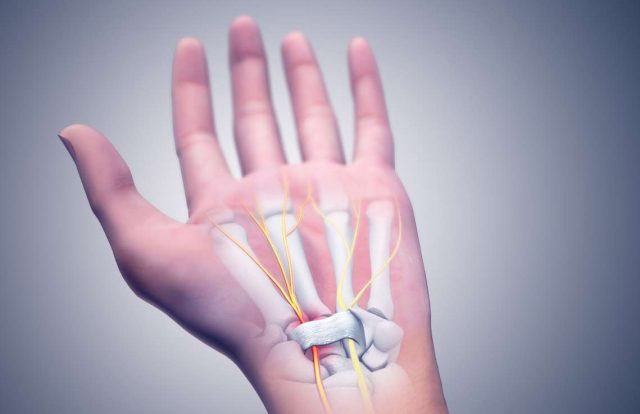Carpal tunnel syndrome (CTS) is a highly prevalent condition in individuals involved in physical or desk jobs requiring repetitive and forceful hand motions.
Those with pre-existing medical conditions like diabetes, hypothyroidism, and rheumatoid arthritis are also prone to developing CTS.
Prone individuals can prevent the onset and further development of CTS symptoms by following prevention tips to avoid developing this painful disorder.
What is carpal tunnel syndrome?
You may be familiar with carpal tunnel syndrome (CTS) because it is quite common. It directly affects the wrist and thumb region due to pressure on the median nerve, which innervates the wrist and the thumb muscles. That is often due to repetitive stress to the thumb or fingers.
Various nerve symptoms such as pain, numbness, tingling, and burning are manifestations of this disorder.
CTS can aggravate if left untreated, rendering the need for carpal tunnel surgery to manage the disorder and prevent dysfunction of the wrist and fingers.
6 tips to prevent carpal tunnel syndrome
In many cases, CTS has work-related aspects. Research suggests that exercise, education, and modifying your work environment can help prevent the debilitating disorder.
The main aim of interventions is to release pressure off the median nerve by adopting a few simple lifestyle habits. Below is a list of some proven strategies to prevent CTS.
Take breaks between work.
Desk workers involved in excessive use of keyboards are prone to developing CTS. Constant keyboard use without frequent breaks can result in discomfort by exerting repetitive stress on your carpal tunnel.
As a result, long hours of keyboard use can trigger entrapment of the median nerve and cause CTS.
So, one of the most crucial steps in CTS prevention is taking frequent breaks between long hours of keyboard use.
Maintain a good posture
The tissues of your spine are very deeply connected. If you bend your upper back while leaning your head and shoulders forward, it can lead to a chain reaction that compresses the nerves, translating into discomfort in other parts of the body, like the wrists and hands.
Stretch frequently
The most effective way to soothe the overworked wrist and thumb muscles and improve symptoms of CTS is to stretch them frequently by performing regular hand and wrist exercises.
Various techniques can help release strain from your hands and fingers, such as stretching your fingers wide several times or performing wrist rotations.
Apply gentle touch
A gentle approach at work by avoiding exerting excessive force on your fingers can help prevent CTS. Relax your grip and hit the keyboard keys softly, especially if you feel discomfort or weakness in the thumb.
Modify your workplace
Individuals prone to developing CTS might find it beneficial to modify their workplace. Consult your manager or supervisor and request adding ergonomic tools to the workstation to help keep wrists in a neutral position and improve symptoms of CTS or prevent its development.
Wear a splint
You may also wear a splint at night to allow the muscles to return to normal by keeping the wrist straight. Wrist splints (cock-up splints) prevent abnormal extension and flexion of the wrist.
Wrap up
If you’re experiencing symptoms of CTS, like numbness or stiffness in your hands, it is crucial to consult a medical professional for a proper diagnosis and to prevent developing CTS.
A physical therapist will guide you regarding improving your muscle posture and circulation. That can help enhance your work quality and performance while alleviating or preventing symptoms of wrist pain due to CTS.

Speaks from heart, always too passionate and driven by emotions. Spins the words with kindness & sharpness, intriguing your ever-inscrutable minds.


